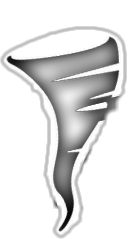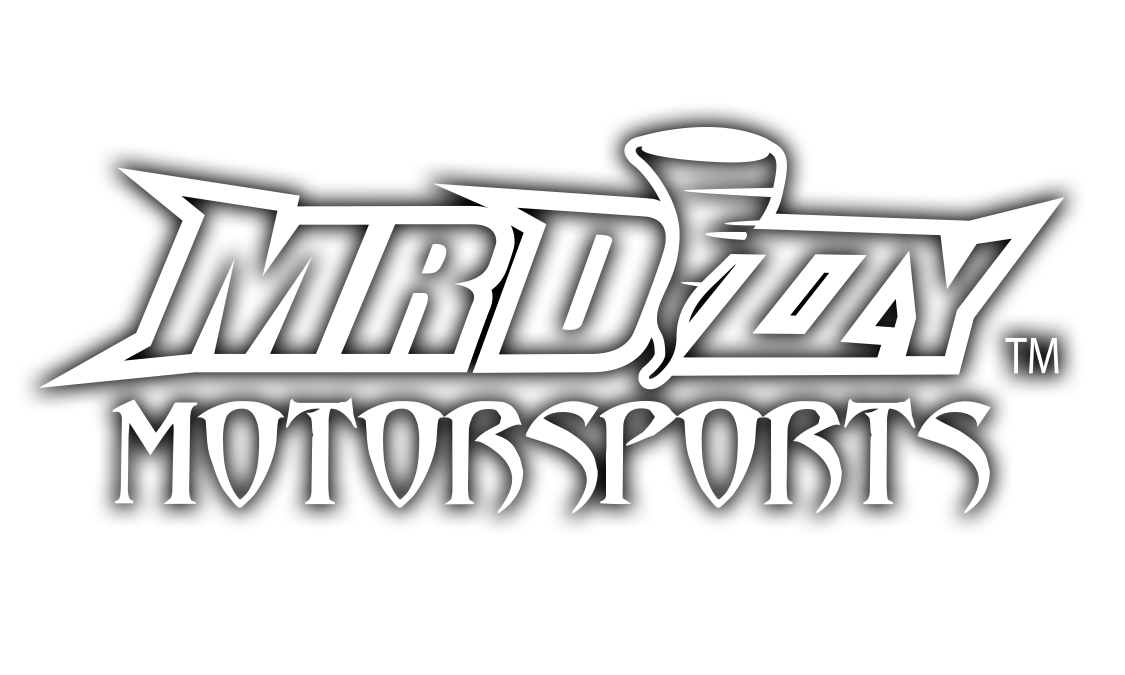
Mr Dizzy KIDS is a charity that focuses on raising awareness of the importance of helmet safety while giving helmets of all types away to those who can not afford them.
What we do:
-
Provide helmets
Mr Dizzy Kids partners with local communities to provide FREE bicycle helmets for children. We are a registered charity and gladly accept any donations to help us with this mission.
-
Teach
We visit churches, schools and community events to discuss correct helmet fit, when to replace a helmet, concussions and injuries, and how exactly a helmet protects your head in the event of an accident.
-
Raise Awareness
Over 25,000 children are injured every year due to bike accidents. Bike helmets help prevent head injuries and can save lives. This awareness program is sending out a very important message to our youth in a fun and engaging way.
Ways to help:
-
Donate
Mr Dizzy Kids runs 100% on fundraising and donations from our wonderful community. We also accept new, CPSC certified bike and skateboard helmets.
-
Volunteer
We need volunteers many times a year. You don't have to be a helmet expert to help us out. We have volunteer opportunities to match a wide range of interests and time commitment.
-
Become a Sponsor
Sponsor one of our fundraisers. Event sponsorships can include in-kind contributions (e.g., providing a venue, food, or raffle prizes), media sponsorships, and promotional partnerships.

always Wear a Helmet
Mr Dizzy has a simple saying: "ALWAYS wear A helmet." It is the single most effective safety device available to reduce head injury and death from bicycle crashes.
Find the Right Helmet Fit
Make sure your child has the right size helmet and wears it every time when riding, skating or scooting. Your children's helmet should meet the U.S. Consumer Product Safety Commission's (CPSC) standards. When it's time to buy a new helmet, let your children pick out their own; they'll be more likely to wear them for every ride.
Make sure the helmet fits and your child knows how to put it on correctly. A helmet should sit on top of the head in a level position, and should not rock forward, backward or side to side. The helmet straps must always be buckled, but not too tightly.
Mr Dizzy recommends kids take the Helmet Fit Test:
EYES check: Position the helmet on your head. Look up and you should see the bottom rim of the helmet. The rim should be one to two finger-widths above the eyebrows.
EARS check: Make sure the straps of the helmet form a "V" under your ears when buckled. The strap should be snug but comfortable.
MOUTH check: Open your mouth as wide as you can. Do you feel the helmet hug your head? If not, tighten those straps and make sure the buckle is flat against your skin.
Use Appropriate Helmets for Different Activities
Children should always wear a helmet for all wheeled sports activities.
A properly-fitted bike helmet is just as effective when riding a scooter, roller skating or in-line skating.
When skateboarding and long boarding, make sure your child wears a CPSC certified skateboarding helmet.
Proper Equipment and Maintenance Are Important
Ensure proper bike fit by bringing the child along when shopping for a bike. Select one that is the right size for the child, not one he or she will grow into.
When children are sitting on the seat of the bicycle, their feet should be able to touch the ground.
Before the ride, make sure the reflectors are secure, brakes work properly, gears shift smoothly, and tires are tightly secured and properly inflated.
Long or loose clothing can get caught in bike chains or wheel spokes. Dress young kids appropriately to ensure a safe ride.
Keep an Eye Out
Actively supervise children until you're comfortable that they are responsible to ride on their own.
Every child is different, but developmentally, it can be hard for kids to judge speed and distance of cars until age 10, so limit riding to sidewalks (although be careful for vehicles in driveways), parks or bike paths until age 10. No matter where you ride, teach your child to stay alert and watch for cars and trucks.
Children should be able to demonstrate riding competence and knowledge of the rules of the road before cycling with traffic.
Model and Teach Good Behavior
You'd be surprised how much kids learn from watching you, so it's important for parents to model proper behavior. Wear a helmet, even if you didn't when you were a kid.
Teach your kids to make eye contact with drivers. Bikers should make sure drivers are paying attention and are going to stop before they cross the street.
Tell your kids to ride on the right side of the road, with traffic, not against it. Stay as far to the right as possible. Use appropriate hand signals and respect traffic signals, stopping at all stop signs and stoplights. Be predictable when riding.
Stop and look left, right and left again before entering a street or crossing an intersection. Look back and yield to traffic coming from behind before turning left.
Be Bright, Use Lights
When riding at dusk, dawn or in the evening, be bright and use lights – and make sure your bike has reflectors as well. It's also smart to wear clothes and accessories that have retro-reflective materials to improve biker visibility to motorists.
Most states require a front light but allow the use of a rear reflector. Headlights aren't so much for bicyclists to see where they are going but for others to see them. Riding without a headlight means drivers won't see you, and surprising motorists is never a good idea.
Visit the CDC’s Helmet Safety page for detailed information on all sports helmets.

Mr Dizzy Kids
19916 Old Owen Road #104
Monroe, Wa 98272
kids@MrDizzy.com
FEIN# 274763613
"The notice of solicitation required by the State Office of Consumer Affairs is on file with the Washington Secretary of State, and information relating to financial affairs of Mr Dizzy Kids is available from the Secretary of State, and the toll-free number for Washington residents: 800-332-4483." All entities soliciting contributions for charitable purposes must comply with the requirements of this section except entities exempted from registration are not required to make the disclosures under subsections (1)(c), (4)(b) or (c), and (5)(b) of this section. The following conditions apply to solicitations as defined by RCW 19.09.020: (1) Any entity that directly solicits contributions from the public in this state must make the following clear and conspicuous disclosures at the point of solicitation: (a) The name of the individual making the solicitation; (b) The identity of the charitable organization and the city of the principal place of business of the charitable organization; (c) The published number and web site of the office of the secretary, if requested, for the donor to obtain additional financial and other information on file with the secretary. The disclosure must be made during an oral solicitation of a contribution, and at the same time at which a written request for a contribution is made. (2) A commercial fund-raiser must meet the required disclosures described in subsection (1) of this section clearly and conspicuously at the point of solicitation and must also disclose the name of the entity for which the fund-raiser is an agent or employee and the name and city of the charitable organization for which the solicitation is being conducted. (3) Telephone solicitations must include the disclosures required under subsection (1) or (2) of this section prior to asking for a contribution. The required disclosures must also be provided in writing within five business days to anyone who makes a pledge by telephone to donate. (4) In the case of a solicitation by advertisement or mass distribution, including postal, electronic, posters, leaflets, automatic dialing machines, publications, and audio or video broadcasts, it must be clearly and conspicuously disclosed in the body of the solicitation material that: (a) The solicitation is conducted by a named commercial fund-raiser, if it is; (b) The registration required by the charitable solicitation act is on file with the secretary's office; and (c) The potential donor can obtain additional financial and other information at a published number or web site for the office of the secretary. ... (Please continue reading at: RCW 19.09.100)








